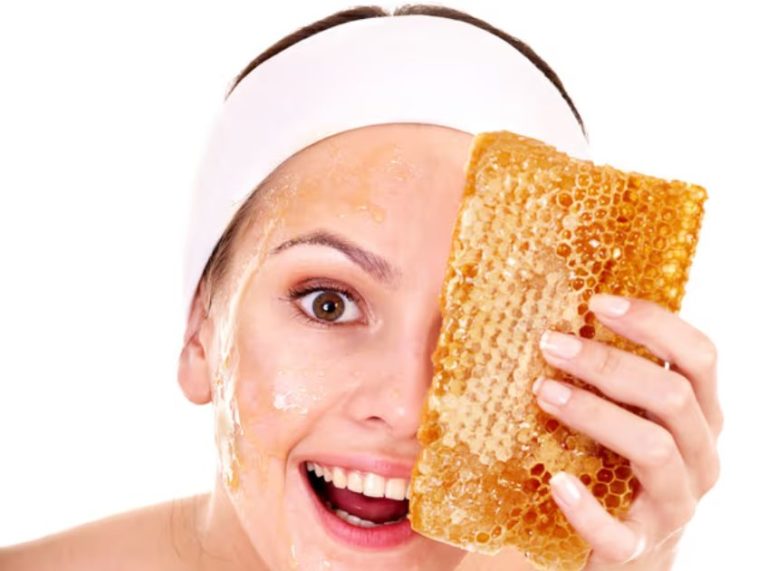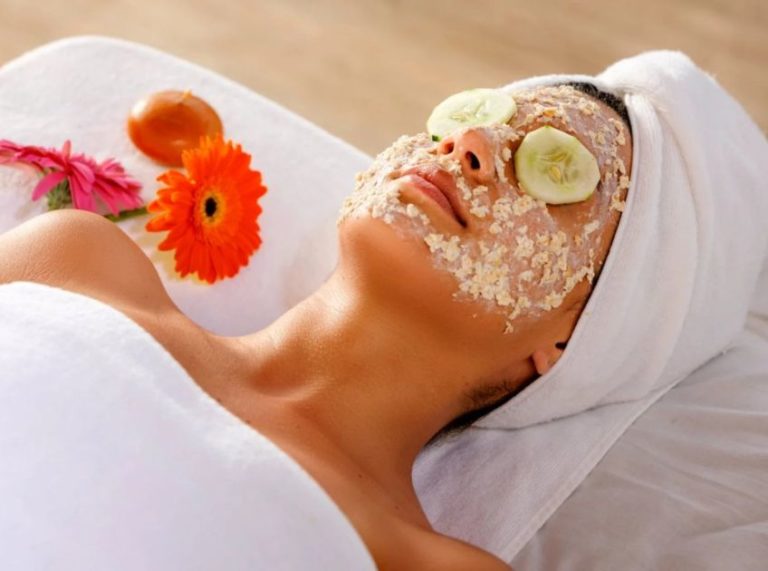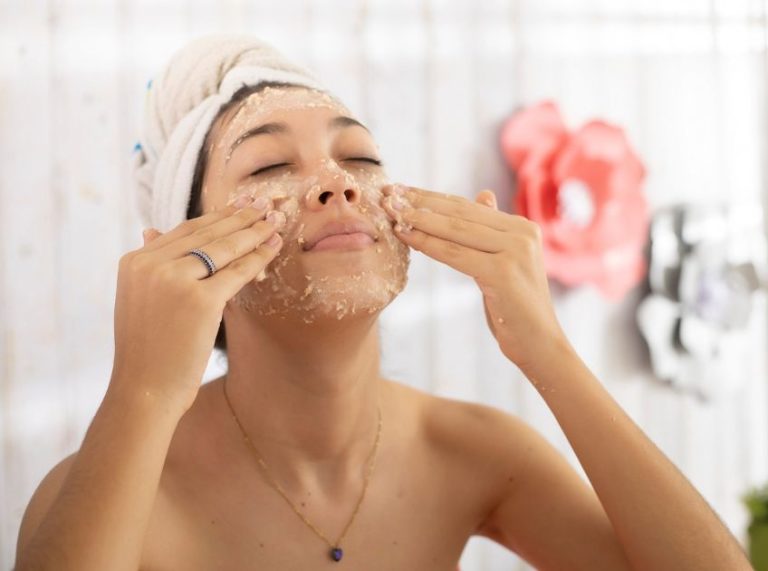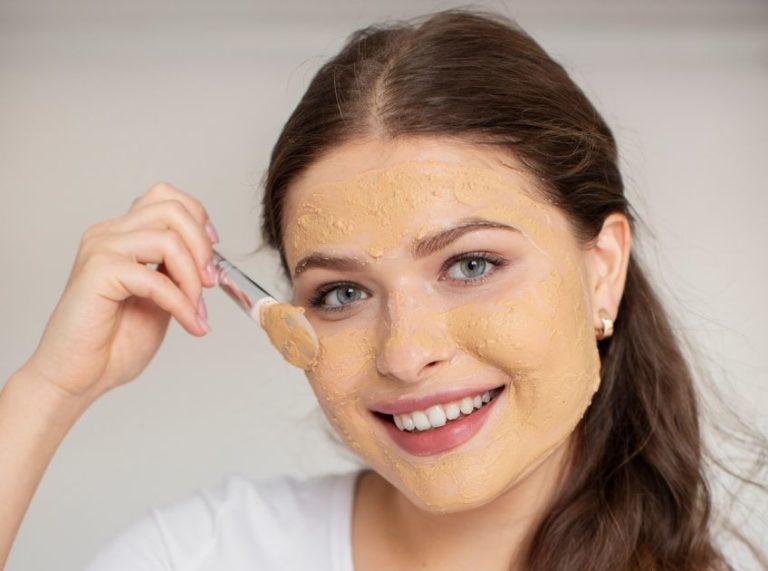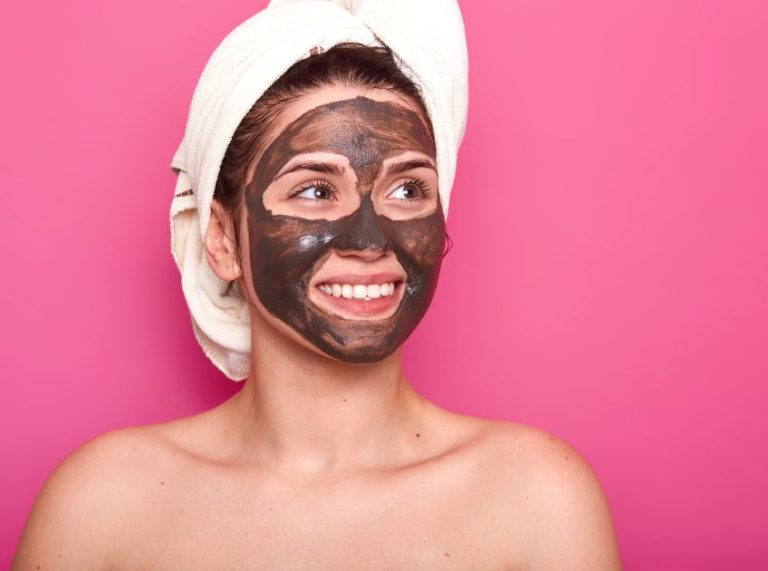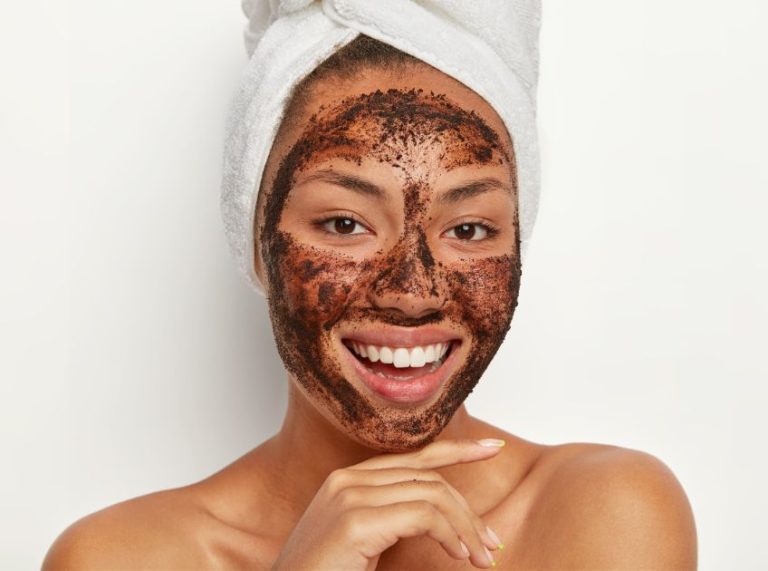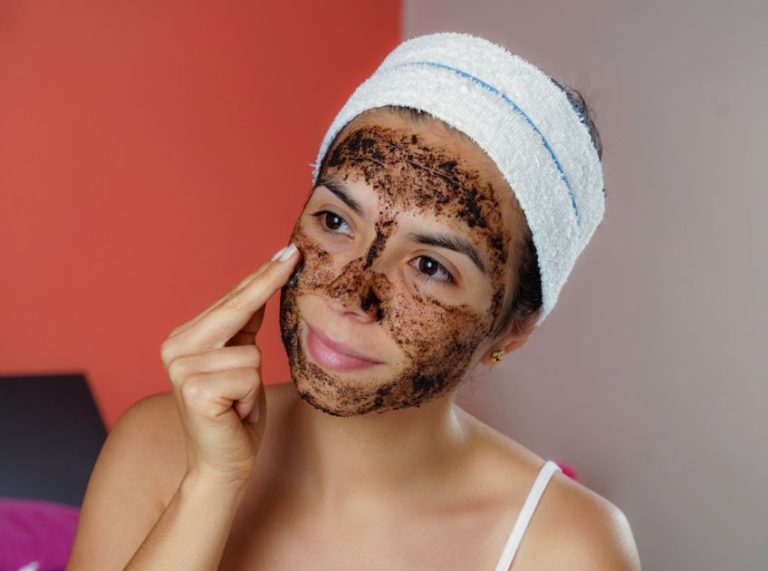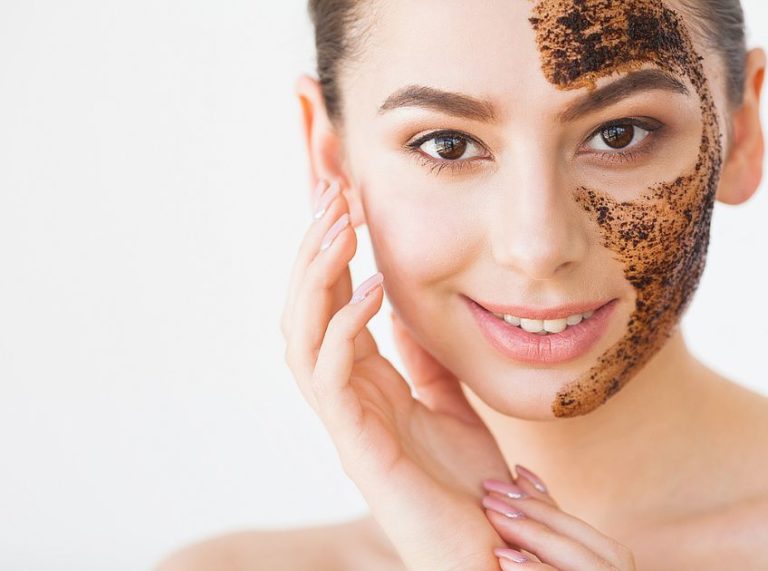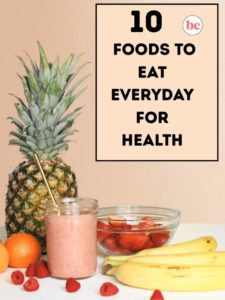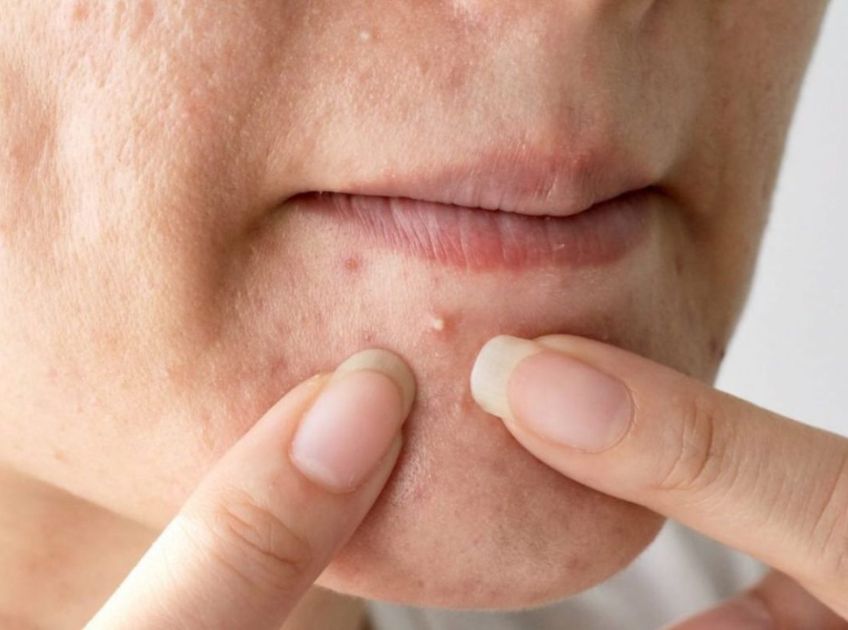
Important: This article is for informational purposes only. Please read our full disclaimer for more details.
Blind pimples — those painful, deep bumps beneath the skin’s surface — can be frustrating and stubborn. Unlike regular pimples, they don’t come to a visible head, making them harder to treat. These pimples often feel tender to the touch and can last for several days or even weeks if not managed properly.
The good news? With the right approach, you can reduce swelling, ease discomfort, and speed up healing without damaging your skin. In this guide, we’ll explore effective home remedies, medical treatments, causes, and prevention tips to help you get rid of blind pimples safely and naturally.
What Is a Blind Pimple?
A blind pimple is a type of acne lesion that develops deep under the skin’s surface. Unlike whiteheads or blackheads, blind pimples don’t have a visible head, which makes them harder to pop or extract.
Blind pimples are usually:
- Painful and inflamed
- Firm or hard under the skin
- Slow to heal compared to surface pimples
According to the American Academy of Dermatology (AAD), blind pimples form when oil, dead skin cells, and bacteria clog hair follicles deep inside the skin, leading to inflammation (1).
Quick and Gentle Home Remedies to Shrink Blind Pimples
If your blind pimple is small and not severely inflamed, you can try natural, dermatologist-approved home remedies to reduce pain and swelling.
1. Warm Compress Therapy
- How it helps: Opens pores, improves circulation, and speeds up healing.
- How to use: Soak a clean washcloth in warm water and press it gently against the affected area for 10–15 minutes, 3–4 times daily.
2. Ice Therapy for Redness and Pain
- How it helps: Reduces inflammation and numbs discomfort.
- How to use: Wrap ice cubes in a clean towel and apply for 5 minutes at a time.
3. Tea Tree Oil Treatment
- How it helps: Contains strong antibacterial and anti-inflammatory properties.
- How to use: Mix 1 drop of tea tree oil with 1 teaspoon of carrier oil (like coconut or jojoba oil) and dab it on the pimple using a cotton swab.
4. Honey Spot Treatment
- How it helps: Acts as a natural antimicrobial agent and soothes irritation.
- How to use: Apply a thin layer of raw honey directly to the bump and leave it on for 20 minutes, then rinse.
5. Over-the-Counter (OTC) Acne Patches
- How they help: Hydrocolloid patches absorb excess oil and help reduce swelling overnight.
- Pro Tip: Avoid squeezing, popping, or digging at blind pimples — this can push bacteria deeper, worsen inflammation, and increase the risk of scarring.
Medical Treatments for Persistent Blind Pimples
Sometimes, home remedies may not be enough, especially if the blind pimple is large, painful, or recurring. Dermatologists can provide faster and more effective treatments, such as:
- Topical Retinoids → Help unclog pores and speed up cell turnover.
- Benzoyl Peroxide Creams → Kill acne-causing bacteria and reduce inflammation.
- Corticosteroid Injections → Reduce swelling and pain within 24–48 hours for severe pimples.
- Oral Antibiotics → Used for deep, recurring pimples caused by bacterial infections.
- Chemical Peels or Light Therapy → Target stubborn acne and promote smoother skin.
According to a 2021 clinical review in the Journal of the European Academy of Dermatology and Venereology, early dermatological intervention can significantly reduce acne-related scarring and recurrence (2).
What Causes Blind Pimples? Understanding the Triggers
Blind pimples are primarily caused by blocked pores and inflammation, but several lifestyle and hormonal factors can worsen the condition:
- Excess oil production → Common in oily and combination skin types.
- Hormonal fluctuations → Especially during puberty, menstruation, or stress.
- Poor skincare habits → Not removing makeup, using harsh products, or overwashing.
- Dietary factors → High sugar and dairy intake may trigger acne in some individuals.
- Genetics → If your parents struggled with acne, you may be more prone to it.
Different Types of Pimples: Know the Difference
Understanding the types of pimples can help you treat them more effectively:
- Whiteheads → Closed pores clogged with oil and dead skin.
- Blackheads → Open pores filled with oxidized sebum.
- Papules → Small, red, tender bumps without pus.
- Pustules → Pimples filled with yellowish pus.
- Nodules & Blind Pimples → Large, painful, deep under the skin, without a visible head.
Blind pimples fall into the severe acne category and require patience and proper care.
Scientific Evidence for Effective Blind Pimple Treatments
- A 2020 study published in the Journal of Dermatological Science found that topical retinoids effectively reduce deep inflammatory acne by regulating cell turnover (3).
- Research in Clinical, Cosmetic and Investigational Dermatology (2018) demonstrated that tea tree oil significantly reduces acne lesions due to its antibacterial properties (4).
- Studies on hydrocolloid patches confirm their effectiveness in reducing swelling and promoting faster healing of acne lesions.
Frequently Asked Questions (FAQ’S)
1. How long does a blind pimple take to heal?
A. Blind pimples can take anywhere from 5 days to 2 weeks to heal naturally. Using warm compresses, topical treatments, and anti-inflammatory remedies can speed up the process.
2. Can toothpaste help reduce blind pimples?
A.No, dermatologists strongly advise against using toothpaste. Its harsh ingredients can irritate skin and worsen inflammation.
3. When should I see a dermatologist?
A.Seek professional help if:
- The blind pimple is very large or painful
- It keeps coming back in the same spot
- You notice signs of infection, like pus, spreading redness, or swelling
Treat Blind Pimples the Right Way
Blind pimples can be stubborn, but they’re treatable with the right approach. Begin with gentle home remedies like warm compresses, tea tree oil, and honey, and maintain a consistent skincare routine to keep pores clear.
For persistent or painful pimples, consult a dermatologist for medical treatments such as retinoids, corticosteroid injections, or antibiotics. Above all, resist the urge to pop — patience and proper care are the keys to achieving clear, healthy skin.
